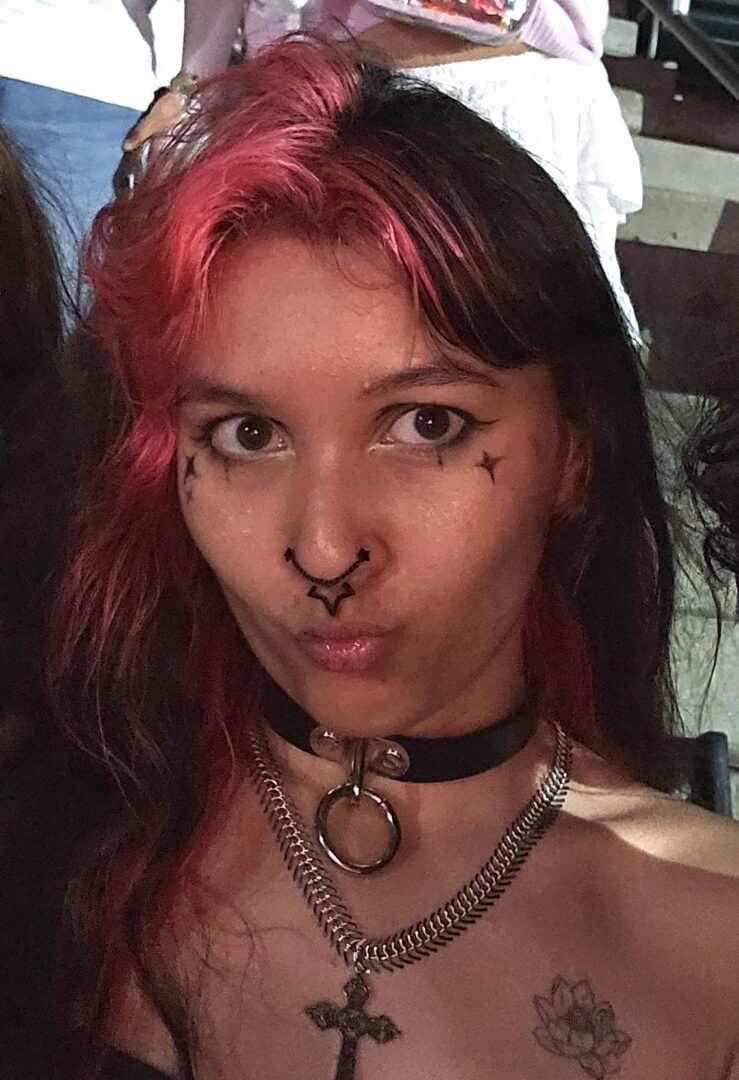We’re excited to introduce you to the always interesting and insightful Caitlin Martin. We hope you’ll enjoy our conversation with Caitlin below.
Caitlin, so good to have you with us today. We’ve got so much planned, so let’s jump right into it. We live in such a diverse world, and in many ways the world is getting better and more understanding but it’s far from perfect. There are so many times where folks find themselves in rooms or situations where they are the only ones that look like them – that might mean being the only woman of color in the room or the only person who grew up in a certain environment etc. Can you talk to us about how you’ve managed to thrive even in situations where you were the only one in the room?
I’ve learned that when it comes to the art industry, being the only one in the room that looks like me is quite common, and actually a good thing. Every artist is unique and approaches their style, method, and art purpose differently. This is what’s amazing about the art community: everyone is different, no two artists are the exact same, and everybody has something new to bring to the table. Using your differences to elevate and represent your art not only makes you stand out from the crowd, but also adds personal meaning and connections to your work. For me, my personality and beliefs play a large role in how I market my art and form connections, and the more you add ‘yourself’ to your art the more people will come to recognize your unique style and skillset. I don’t think being the only one in the room that looks like you should ever hold an artist back from emphasizing on those differences and standing out.
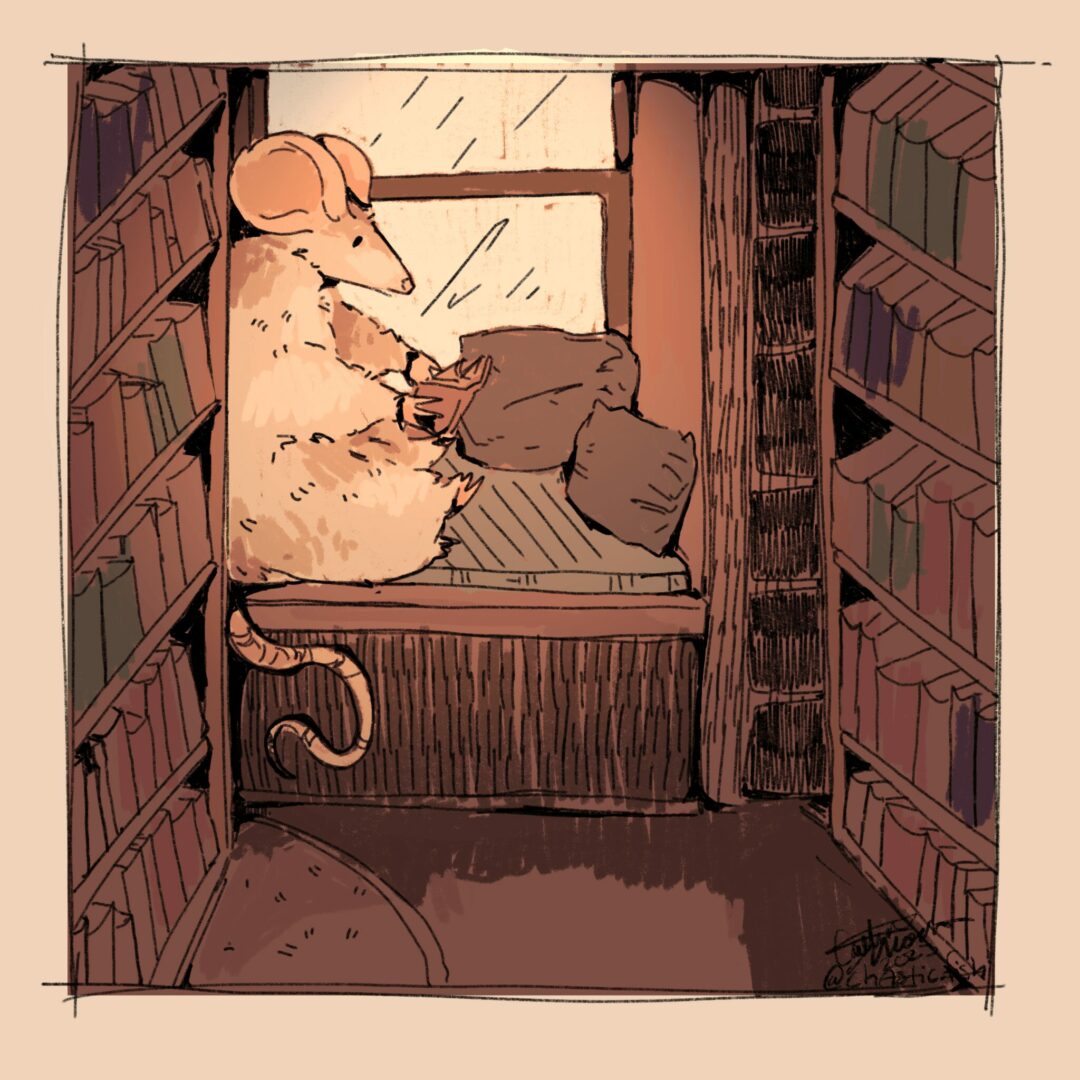
Let’s take a small detour – maybe you can share a bit about yourself before we dive back into some of the other questions we had for you?
I’m currently a senior Illustration major at the School of Visual Arts aiming for a career in Children’s Book Illustration and fantasy freelance work. The entire concept of working for children’s books is exciting to me, as I didn’t realize that was what I wanted to do until about a year and a half ago. Beforehand, I had been floating around, unsure of where I wanted to take my art on a professional level, and that’s okay! It’s good to try different paths before realizing what you actually want to do, instead of forcing yourself into a box. For me, dragons and fantasy creatures have always been a prominent part of my brand, along with the stories that go along with them. I want to create what I love: mythical monsters, while also inspiring others to imagine and create worlds beyond what is possible in real life. If I can get to the point where someone will see my art on the street and go “I know who drew that!” I’ll consider myself successful.
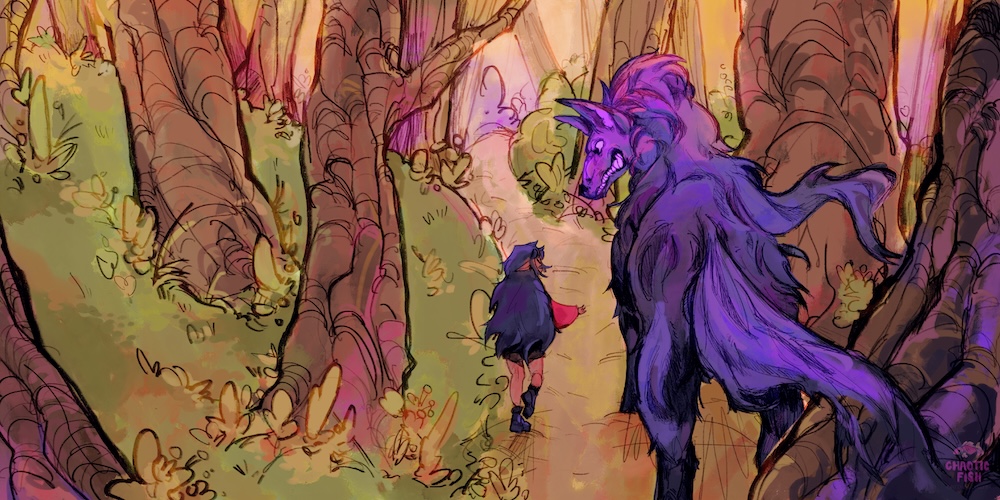
Looking back, what do you think were the three qualities, skills, or areas of knowledge that were most impactful in your journey? What advice do you have for folks who are early in their journey in terms of how they can best develop or improve on these?
Style, confidence, and technique got me to where I am today. Especially for those who are just beginning their artistic journey, I believe these three skills/qualities are soooo important in building a successful career. I think the biggest concern among young artists is “style.” How do I achieve it? How do I stay consistent? How will I know when I have a style? And my answer to this is you don’t! Artistic style happens overtime, as you learn and develop your skills and toolset. Many artists think they don’t have a style, but upon stepping back and viewing their body of work as a whole, they realize that there IS key traits and qualities that define their artwork and make it recognizably theirs. This is also where confidence comes into play: you have to be confident in your art. Even if you believe you have no style, or that you can produce higher quality work than what you already are, you just have to be confident in your art. All art can be improved upon: it doesn’t mean it isn’t already amazing. And technique ties both of the first two skills in: your technique is your own. Studying how other artists work is always beneficial to learning and growing, however there’s no way to perfectly replicate somebody else’s process. The human mind will automatically begin to alter the technique to fit how you understand and visual, and that’s exactly how it should be!
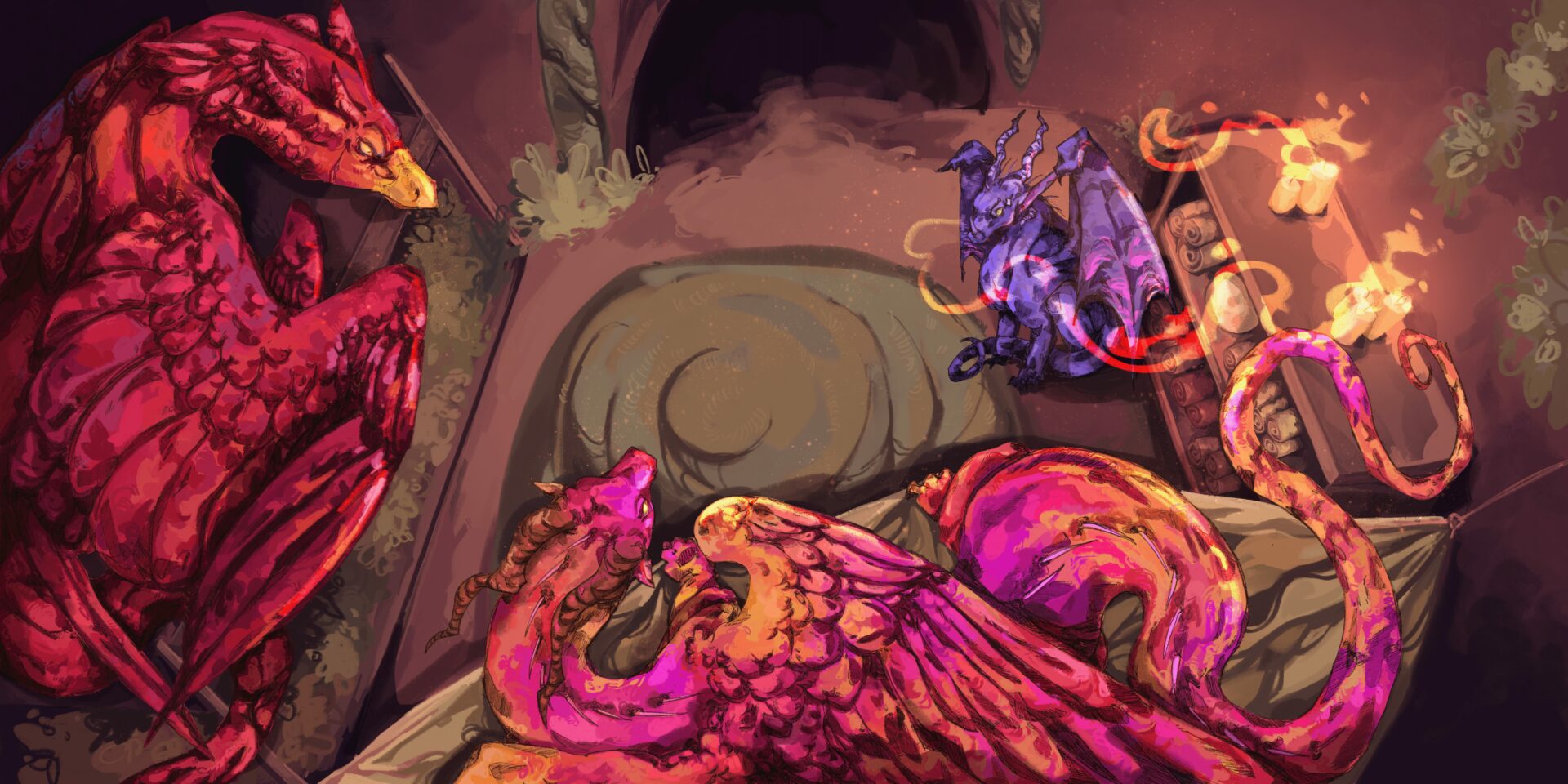
Before we go, any advice you can share with people who are feeling overwhelmed?
It’s common to feel overwhelmed in any job industry, but in the art world it can be a lot to handle when large projects start piling up and deadlines start approaching. I often feel overwhelmed with the work ahead of me, but everytime that happens I always try to take a moment and breathe. I’ll do something else that isn’t art-related to take my mind off the matter for a bit, such as watching a comfort show or going to a cafe with friends. When I’m ready (within the time frame if there are deadlines approaching of courrse) I’ll take a step back and look at everything I have to do. It’s easier to calm down when you look at the bigger picture: not all of your deadlines will be at the same time. There are some projects you can give your attention to now, and some you can wait to complete. Not everything has to be done in one night, which is something very important to remember. There’s time. For me, I’ll break down each project, especially the big ones, into small parts that are more easily accomplished.
Contact Info:
- Website: https://www.chaoticfish.com/
- Instagram: chaotic.fish

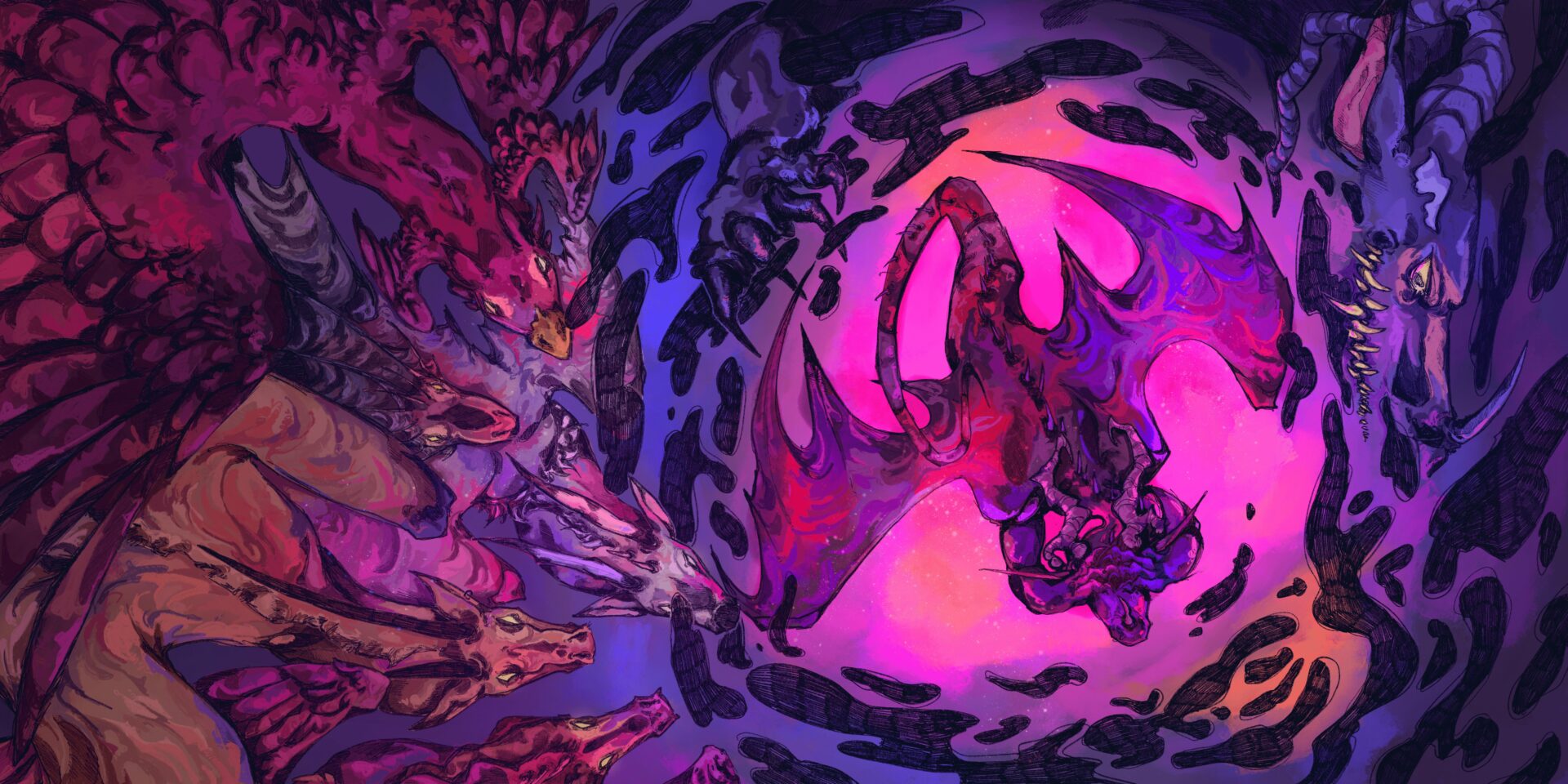
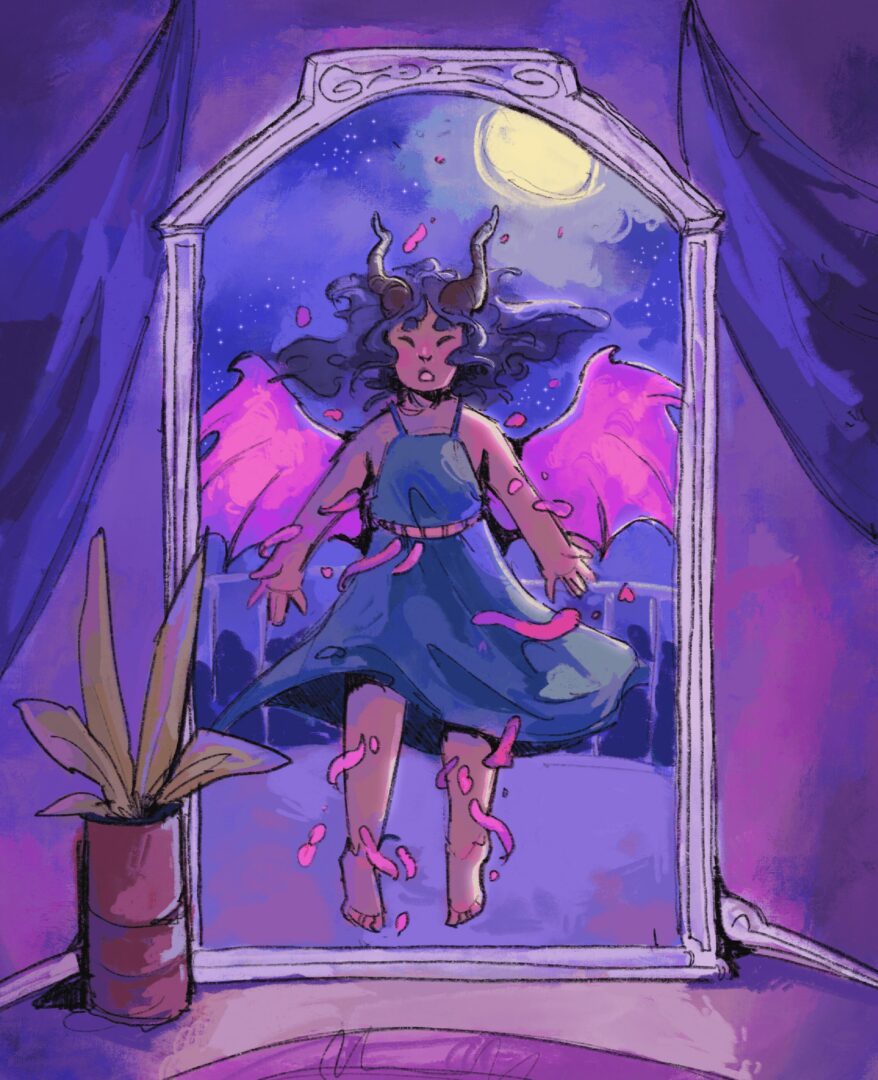
so if you or someone you know deserves recognition please let us know here.

